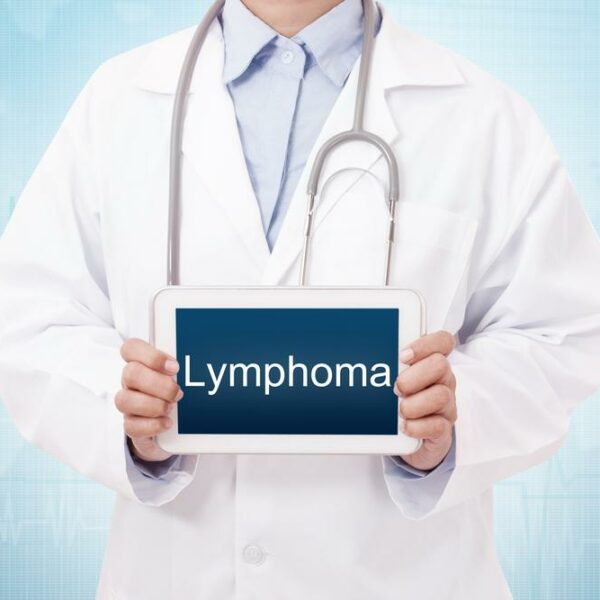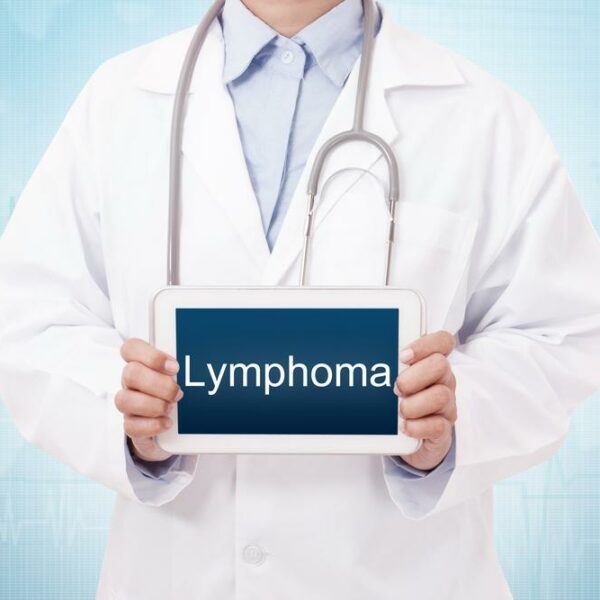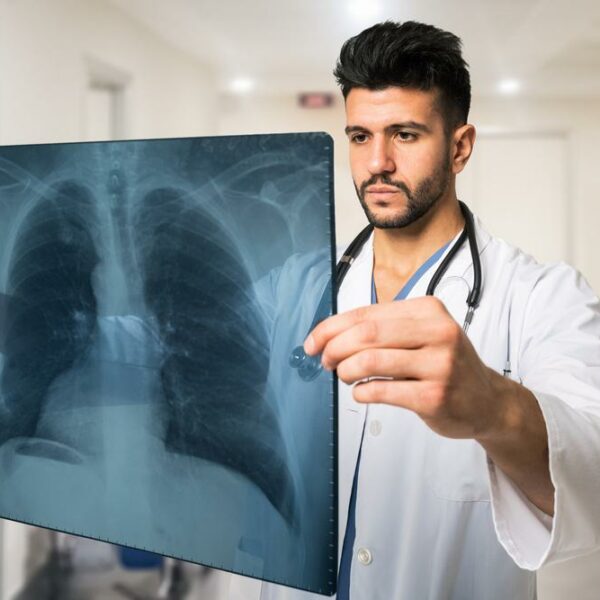
Diagnosis of Diabetes
While patients may be tested for diabetes due to a variety of reasons, the guidelines suggest the following groups be tested People who are overweight and have one or more risk factors Overweight adults include people with a BMI >25 kg/m Risk factors (link to risk factors tab) People who have signs of high blood sugar (link to HBS tab) People with several risk factors Women who are pregnant Confirming a Diabetes diagnosis will be based on one of the following lab values: A1c levels of 6.5% or higher indicate diabetes OR Fasting plasma glucose (FPG) > 126mg/dL OR 2-hour plasma glucose level of >200mg/dL during an oral glucose tolerance test using glucose load containing the equivalent to 75g of glucose dissolved in water OR Classic symptoms of hyperglycemia (polyuria, polydipsia, polyphagia) or hyperglycemic crisis, with a random plasma glucose of >200 mg/dL









